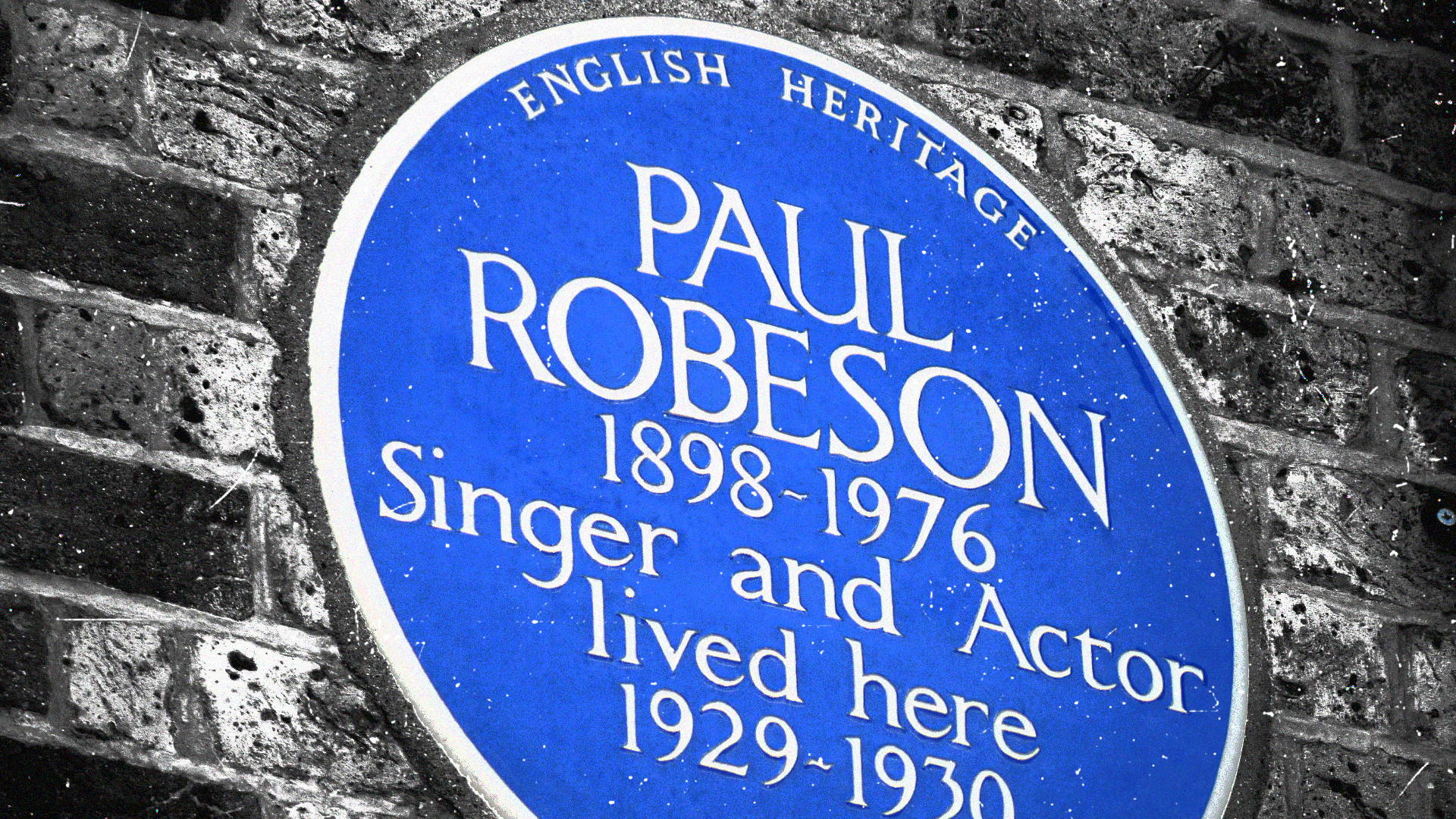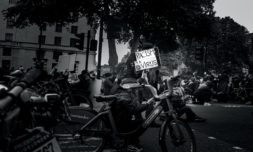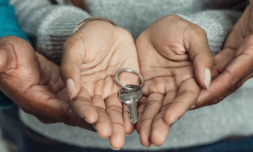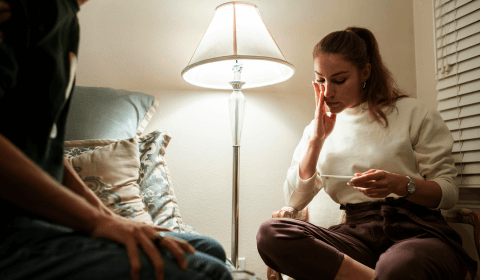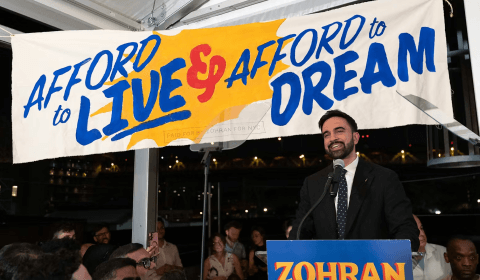What are the figures?
As late as last year, women made up just 14 percent of blue plaques across the city. Further underrepresented is the Black community, whose names currently embellish less than 2 percent of the 1,160 displays.
Granted, it was not until 1975 – almost 100 years after they initially appeared – that composer Samuel Coleridge-Taylor received the first blue plaque ever granted to a Black individual.
Still, new installations were slow to follow, with 81 percent of plaques honouring Black icons only emerging in the last two decades.
The English Heritage recognised this disparity, announcing in 2016 that it was striving to diversify its collection by developing a new team whose ‘focus is on nominating Black and Asian figures for blue plaques.’
David Olusgoa, a trustee of English Heritage and a blue plaques panel member, said the organisation admits these figures are ‘unacceptably low’, but that the mounting of new plaques, such as Bob Marley’s in 2019, are evidence that the system is changing slowly but surely.
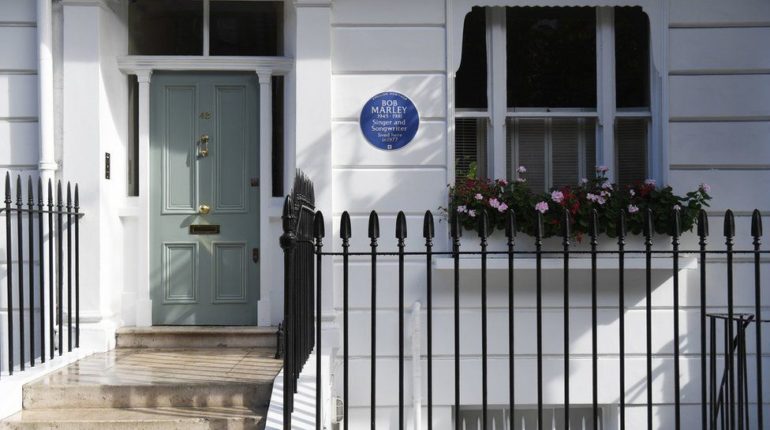
A new addition
The list of candidates considered for blue plaques is drawn up mainly from public suggestions. The individuals are then investigated to uncover factual information about where they lived, details of their story, and the ways they contributed positively to society.
It has been suggested that the lack of Black and minority ethnic freedom fighters currently holding blue plaques is due to the fact that they often lived off the record and in low-income areas. These factors can make it difficult to definitively link them to specific buildings – a key criteria for blue plaques.
Despite these obstacles, a new plaque was granted to an iconic Black couple just this week. The plaque belongs to William and Ellen Craft, a famous pair who carried out one of the most ingenious and stealthy escapes from American slavery on record.
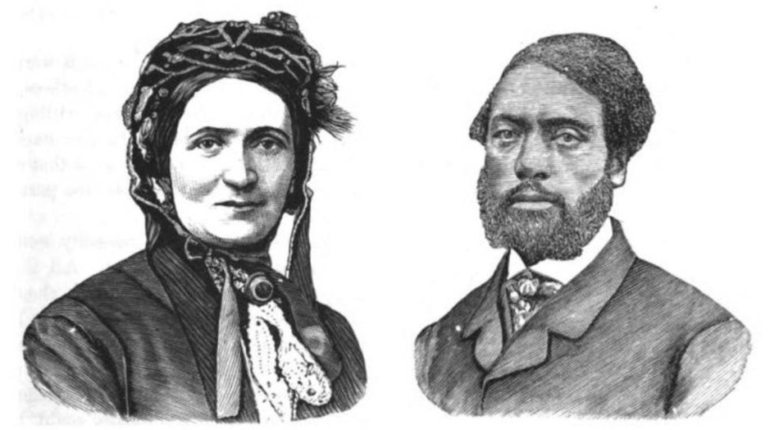
Ellen, a multi-racial slave, used her fair skin as an advantage to pose as a disabled white man travelling overseas for medical treatment, accompanied by ‘his’ servant, William. After embarking on a four-day journey across the Atlantic in disguise, they settled in Hammersmith.
The two of them began helping to organise the London Emancipation Society, advocating for the freedom movement, social justice, and telling the inspiring story of their escape in large assembly halls.
Now, their blue plaque hangs outside the Craft’s great-great grandchildren’s house in Hammersmith – at the old home of William and Ellen.
Beyond this couple, two more minority ethnic figures were memorialised with blue plaques this year, to the pioneering neurologist Dr JS Risien Russell and civil engineer Ardaseer Cursetjee Wadia.
Speaking of this year’s additions, English Heritage’s curatorial director Anna Eavis emphasized the organisation’s commitment to ‘telling the story of England in full’ by ‘[celebrating] the achievements of groups that have traditionally been underrepresented in history.’









